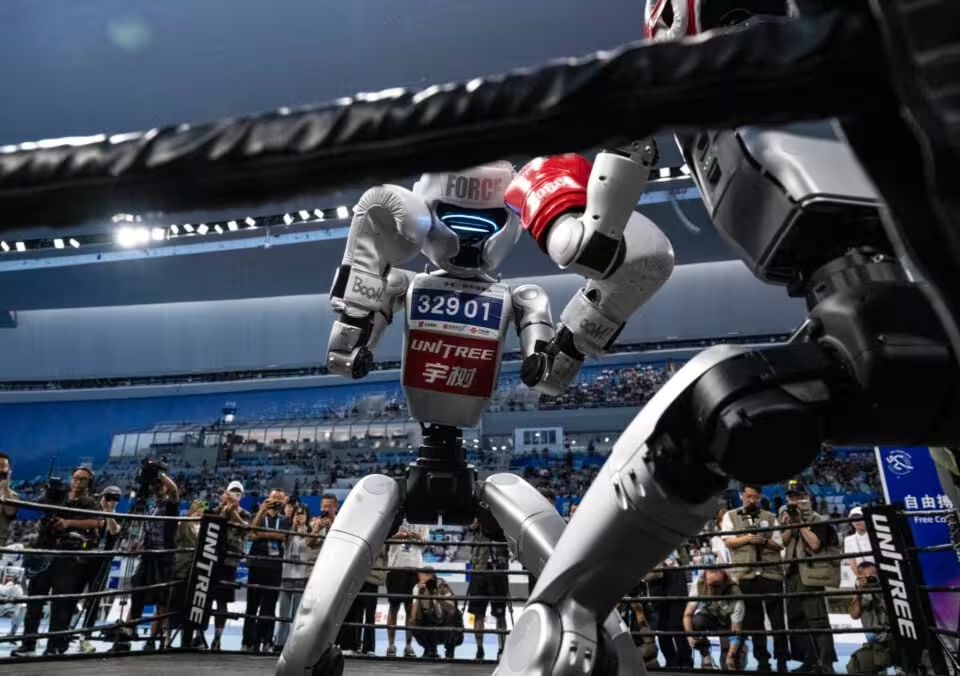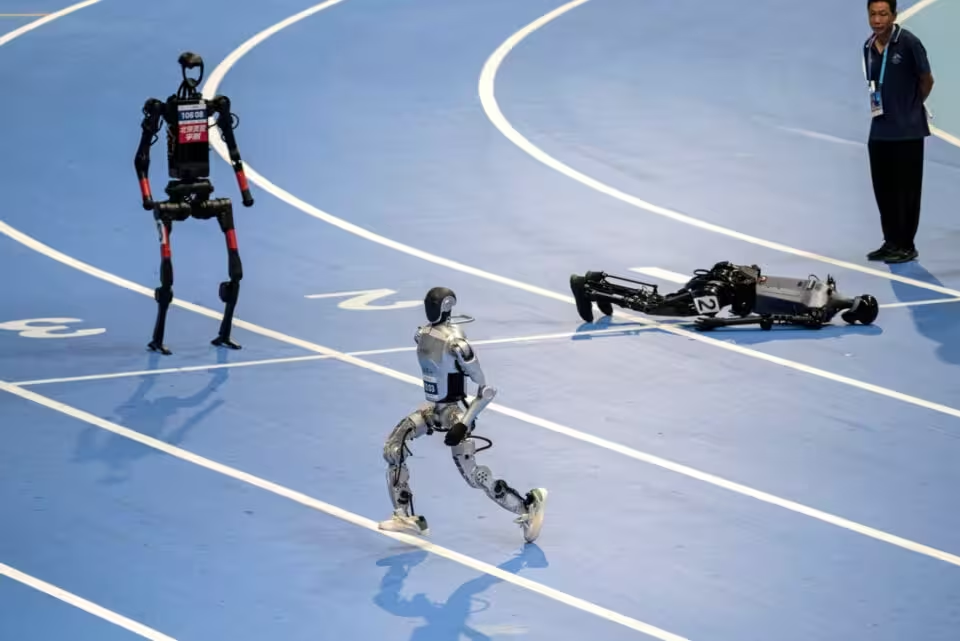5 Minutes
Overview: A Robotic Olympics in Beijing
China staged the inaugural World Humanoid Robot Games in mid-August, turning Beijing's National Speed Skating Oval into a three-day showcase of humanoid robots, AI research, and automation hardware. More than 200 teams from 16 countries, including Japan, Brazil, Germany, and the United States, competed across 26 events that blended traditional athletics with practical tasks such as medicine sorting and hotel cleaning.
Event Purpose and Strategic Context
The competition was designed to spotlight breakthroughs in humanoid robotics and to illustrate how these machines might perform in real-world scenarios. The games also fit into a larger national strategy: Beijing has significantly increased investment in robotics and AI, with over 20 billion dollars in subsidies reported in the past year and plans for a multi-hundred-billion-dollar initiative to back startups and industrial deployment. Parallel national efforts include a robot mall, the 2025 World Robot Conference, and other high-profile demonstrations like robot marathons and televised performances.

Notable Performances and Key Winners
Chinese teams dominated the medal table. Unitree Robotics and X-Humanoid were the two most successful competitors. Unitree's H1 humanoid secured multiple golds, completing the 1500-meter race in a claimed time of 6 minutes 34 seconds and taking first place across several track events. X-Humanoid, developed by the Beijing Humanoid Robot Innovation Centre, also collected top finishes, taking gold in the 100-meter sprint and the materials handling contest designed to emulate factory-floor logistics.
Event Highlights
- Over 200 teams from 16 countries participated.
- 26 competitions ranged from sprinting and relay races to kickboxing, soccer, and service tasks.
- Unitree and X-Humanoid led medal counts, while investment group portfolios reported dozens of medals across their companies.
Product Features: What the Robots Showed
Top humanoid systems demonstrated advances in bipedal locomotion, balance control, sensor fusion, and remote operation interfaces. Typical features on display included high-torque actuators for faster sprints, LIDAR and stereo vision for obstacle avoidance, grasping hands designed for materials handling, and modular chassis for quick maintenance. The Unitree H1, for example, combines dynamic gait algorithms with real-time sensing to maintain stability at speed; it is priced in the premium range, with reported retail around 650,000 yuan.
Comparisons and Competitive Landscape
Compared with established western developers such as Boston Dynamics, many Chinese teams emphasized cost-performance balance and task specialization. Unitree prioritized sprinting and agility, while X-Humanoid focused on industry-relevant manipulation and payload handling. US firms like Tesla and some Boston Dynamics leadership have used the moment to urge national policymakers to organize competing industrial strategies for robotics and AI.

Advantages, Limitations, and Use Cases
Advantages showcased include improved autonomous locomotion, faster development cycles, and closer integration with factory automation systems. Use cases highlighted at the games ranged from warehouse picking and medical sorting to hospitality services like hotel cleaning. However, the event also revealed persistent limitations: some robots froze at start lines, failed to finish tasks, or suffered hardware failures mid-competition such as a detached arm. A soccer match pileup underscored remaining robustness and coordination challenges for multi-agent systems.
Market Relevance and Future Outlook
The games served as a public demonstration of China’s rising capabilities in robotics and as a signal to investors and policymakers globally. Government subsidies, venture funding, and planned large-scale funds are accelerating commercialization. For companies, the competition is a proving ground for sensor fusion, AI locomotion models, and industrial integration. For end users, the takeaway is clear: humanoid robots are moving faster from lab demos to pilot deployments in logistics, healthcare, and service sectors, even as autonomy and reliability continue to improve.
Conclusions
The World Humanoid Robot Games combined spectacle with serious technical benchmarking. While China’s teams dominated the podium, the event highlighted both the promise of humanoid robotics for automation and the engineering gaps that remain before mass adoption. For tech professionals and robotics investors, the games provided concrete performance data, real-world use-case demonstrations, and a snapshot of an increasingly competitive global robotics market.
Source: gizmodo


Leave a Comment